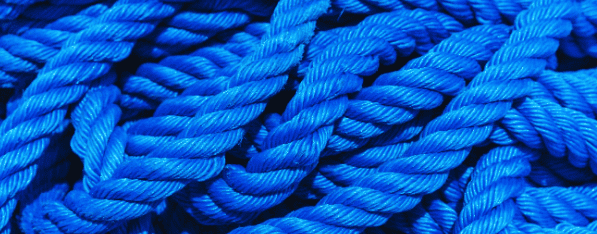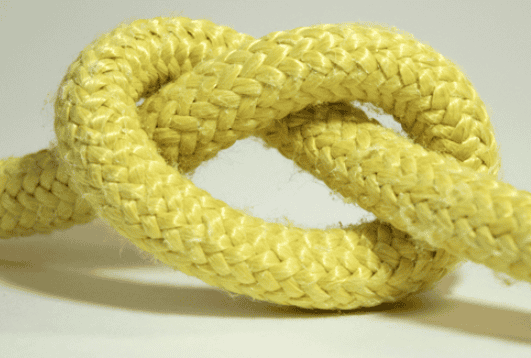When it comes to ropes, not all are created equal. Each type has unique characteristics and uses, making it essential to choose the right rope for your specific needs. Whether you’re securing a boat, setting up a backyard swing or crafting, understanding the differences between rope types can be incredibly useful.
Here, we look at some rope varieties that you might not be entirely familiar with.
Polypropylene Rope
Polypropylene rope is renowned for its excellent resistance to water, making it a top choice for marking out safe areas around swimming pools or lakes. It’s immune to mildew and the detrimental effects of water.

This type of rope is also praised for being economical, lightweight and dielectric, which means it doesn’t conduct electricity. Available in various colours, polypropylene rope is versatile, but remember that it can suffer from wear due to friction.
Kevlar Rope
Kevlar ropes are five times stronger than steel. These aramid ropes are perfect for situations requiring high tensile strength without the risk of corrosion.
They perform exceptionally well under extreme conditions and are known for their stability and resistance to movement, making them ideal for critical applications. Read more about what Kevlar rope is used for here on this blog from IQS.

Jute Rope
Jute rope, made from natural fibres, is often mistaken for hemp but stands out due to its natural sheen, making it perfect for decorative purposes. It’s soft, lightweight and slightly more slippery than hemp, which can be an advantage or a disadvantage depending on the use.
Jute is also a popular choice for knitting kits, where its natural texture adds a unique aesthetic to the finished product. To find out more about knitting kits, visit the website of a specialist provider such as https://www.woolcouturecompany.com/collections/knitting-kits.
Cotton
Cotton rope is the go-to for environmentally conscious projects. It’s biodegradable, making it a preferred choice for children’s toys, crafts and casual use around the home and garden.
While soft and gentle on the skin, cotton rope does have its drawbacks. It’s susceptible to water damage, mould and mildew, so it’s best used in dry conditions.
